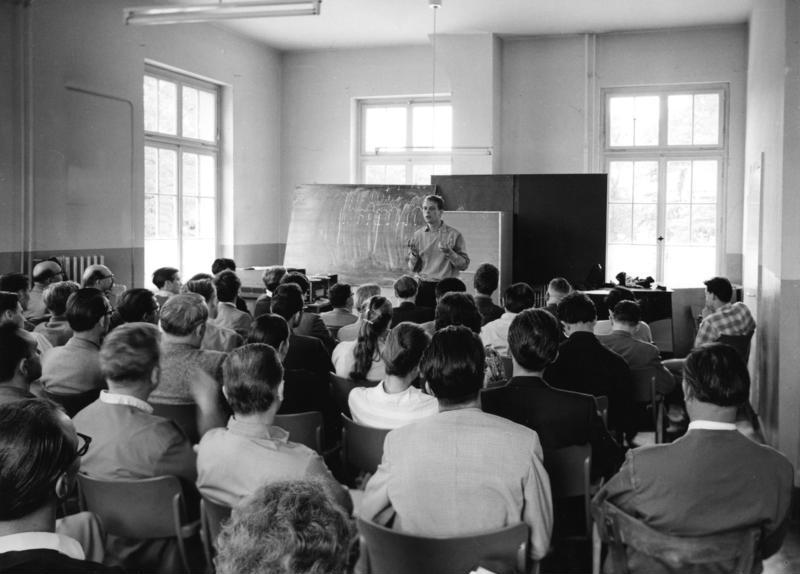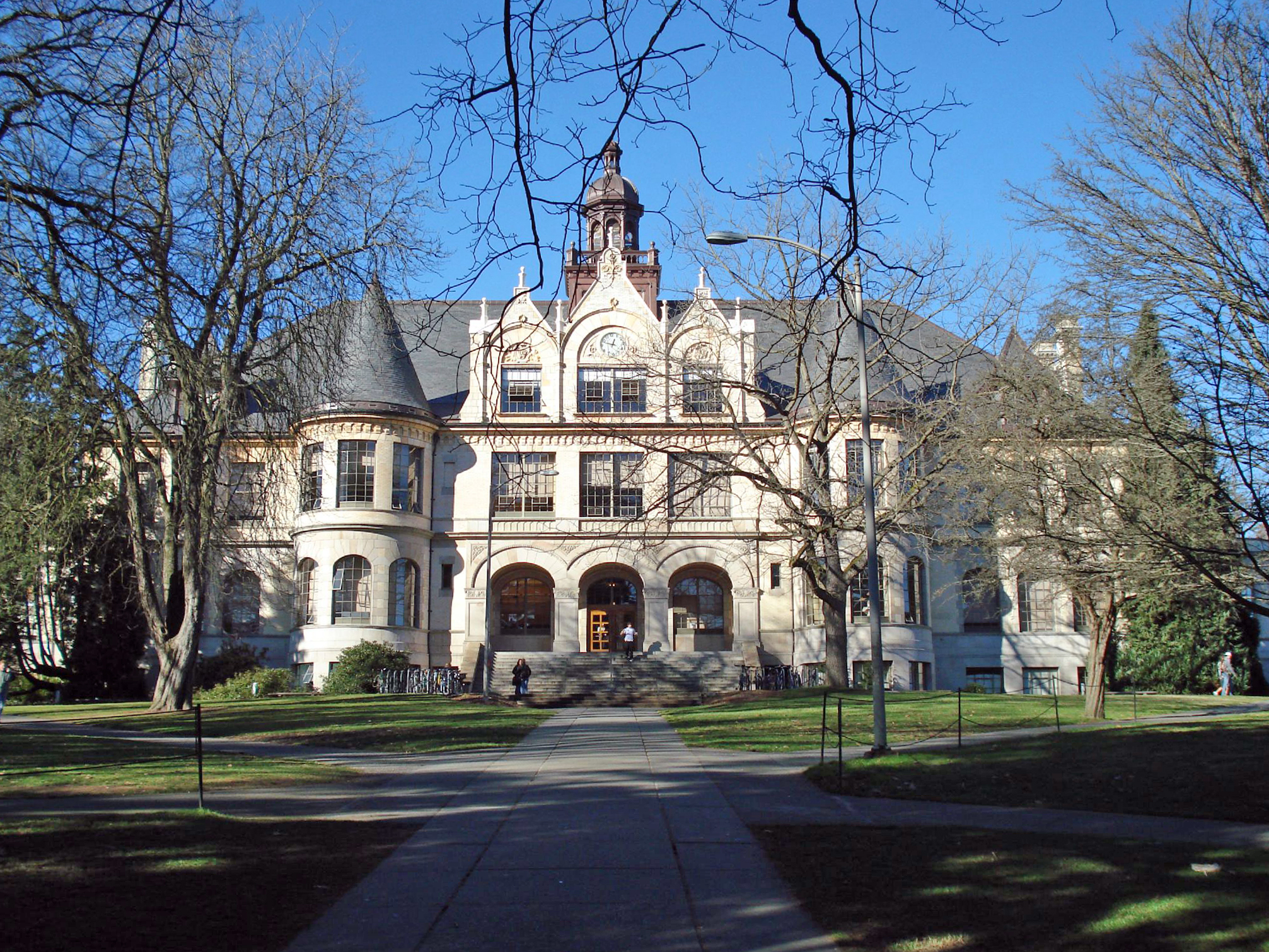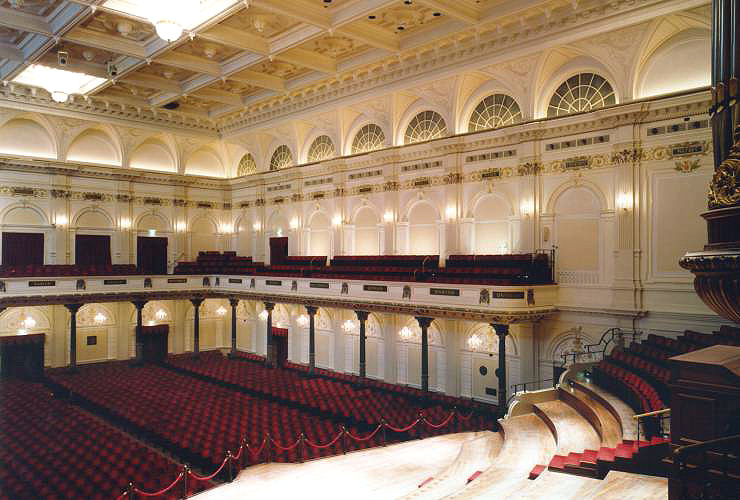|
Ausmultiplikation
''Ausmultiplikation'' (literally, "multiplying-out") is a German term used by the composer Karlheinz Stockhausen to describe a technique in which a long note is replaced by shorter "melodic configurations, internally animated around central tones", resembling the ornamental technique of divisions (also called "diminutions") in Renaissance music. Stockhausen first described this technique in connection with his "opus 1", ''Kontra-Punkte'', composed in 1952–53, but in his later formula composition there is a related method of substituting a complete or partial formula for a single very long tone in a much slower, "more background Background may refer to: Performing arts and stagecraft * Background actor * Background artist * Background light * Background music * Background story * Background vocals * ''Background'' (play), a 1950 play by Warren Chetham-Strode Record ..." projection of the formula. When this is done at more than one level, the result is reminiscent of a ... [...More Info...] [...Related Items...] OR: [Wikipedia] [Google] [Baidu] |
Kontra-Punkte
''Kontra-Punkte'' (Counter-Points, or Against-Points) is a composition for ten instruments by Karlheinz Stockhausen which resolves contrasts among six instrumental timbres, as well as extremes of note values and dynamic levels, into a homogeneous ending texture. Stockhausen described it: "Counter-Points: a series of the most concealed and also the most conspicuous transformations and renewals—with no predictable end. The same thing is never heard twice. Yet there is a distinct feeling of never falling out of an unmistakable construction of the utmost homogeneity. An underlying force that holds things together—related proportions: a structure. Not the same ''Gestalten'' in a changing light. But rather this: various ''Gestalten'' in the same light, that permeates everything." History The first, untitled version, written in 1952–53, was a sparse-textured, " punctual" composition scored for flute, E-flat clarinet, contrabass clarinet, contrabassoon, trumpet, contrabass tuba, ... [...More Info...] [...Related Items...] OR: [Wikipedia] [Google] [Baidu] |
Formula Composition
Formula composition is a serially derived technique encountered principally in the music of Karlheinz Stockhausen, involving the projection, expansion, and '' Ausmultiplikation'' of either a single melody-formula, or a two- or three-voice contrapuntal construction (sometimes stated at the outset). In contrast to serial music, where the structuring features are more or less abstract and remain largely inaccessible to the listener's ear, in formula composition the musical specifications of pitch, dynamics, duration, timbre, and tempo are always directly evident in the sound, through the use of a concisely articulated melodic tone succession, the formula, which defines the large-scale form as well as all the internal musical details of the composition. Stockhausen's music Though foreshadowed in Stockhausen's once-withdrawn '' Formel'' ("Formula") of 1951, the technique made its first appearance in ''Mantra'' in 1970, and became the central focus of Stockhausen's music up to 2003. S ... [...More Info...] [...Related Items...] OR: [Wikipedia] [Google] [Baidu] |
Bundesarchiv B 145 Bild-F004566-0002, Darmstadt, Internationaler Kurs Für Neue Musik
, type = Archive , seal = , seal_size = , seal_caption = , seal_alt = , logo = Bundesarchiv-Logo.svg , logo_size = , logo_caption = , logo_alt = , image = Bundesarchiv Koblenz.jpg , image_caption = The Federal Archives in Koblenz , image_alt = , formed = , preceding1 = , preceding2 = , dissolved = , superseding1 = , superseding2 = , agency_type = , jurisdiction = , status = Active , headquarters = PotsdamerStraße156075Koblenz , coordinates = , motto = , employees = , budget = million () , chief1_name = Michael Hollmann , chief1_position = President of the Federal Archives , chief2_name = Dr. Andrea Hänger , chief2_position ... [...More Info...] [...Related Items...] OR: [Wikipedia] [Google] [Baidu] |
Christoph Von Blumröder
Christoph von Blumröder (born 18 July 1951) is a German musicologist. Career Born in Northeim, Blumröder studied musicology at the Albert-Ludwigs-Universität Freiburg in Breisgau with Hans Heinrich Eggebrecht, philosophy and history of the . After his doctorate in 1979, Blumröder was a research assistant at the ' (1972–2006). From 1980 Blumröder also taught at the university there, where he received his habilitation in 1990. After assistant professorships at the University of Bonn in the winter semester of 1991/92 and at the Saarland University in the summer semester of 1995, he accepted an appointment as professor for contemporary music at the Musicological Institute of the University of Cologne in the winter semester of 1996/97. There he founded the cycles of events ''Composition and Musicology in Dialogue'' (1997) and ''Space Music'' (1998) as well as the publication series ''Signale aus Köln. Beiträge zur Musik der Zeit'' and was elected chairman of the associatio ... [...More Info...] [...Related Items...] OR: [Wikipedia] [Google] [Baidu] |
Licht
file:Kürten - Waldfriedhof - Stockhausen 01 ies.jpg, 275px, Karlheinz Stockhausens grave with the score to LICHT . ''Licht'' (Light), subtitled "Die sieben Tage der Woche" (The Seven Days of the Week), is a cycle of seven operas composed by Karlheinz Stockhausen between 1977 and 2003. The composer described the work as an "eternal spiral" because "there is neither end nor beginning to the week." ''Licht'' consists of 29 hours of music. Origin The ''Licht'' opera project, originally titled ''Hikari'' (光 , Japanese for "light"), originated with a piece for dancers and Gagaku orchestra commissioned by the National Theatre of Japan, National Theatre in Tokyo. Titled ''Der Jahreslauf'' (The Course of the Years), this piece became the first act of ''Dienstag''. Another important Japanese influence is from Noh theater, which the composer cites in connection with his conception of stage action. The cycle also draws on elements from the Judeo-Christian and Historical Vedic religion, Ve ... [...More Info...] [...Related Items...] OR: [Wikipedia] [Google] [Baidu] |
Jerome Kohl
Jerome Joseph Kohl (November 27, 1946 – August 4, 2020) was an American musicologist, academic journal editor, and recorder teacher. A music theorist at the University of Washington, he became recognized internationally as an authority on the music of Karlheinz Stockhausen. Kohl was also a contributor at Wikipedia (a "Wikipedian"). Life and work Kohl grew up in Lincoln, Nebraska, with three siblings. During high school and college, he played the clarinet in the local symphony orchestra. He received his undergraduate, and in 1971, his master's degree in music from the University of Nebraska. Drafted into the army, he played in an army band during the Vietnam War. Afterwards, he started his doctoral studies in music theory at the University of Washington in Seattle. In the 1970s, Kohl joined the Seattle Recorder Society, attending and running classes at their meetings, as well as teaching privately. In 1976, Kohl co-founded and became the board president of the Early Music Guil ... [...More Info...] [...Related Items...] OR: [Wikipedia] [Google] [Baidu] |
Perspectives Of New Music
''Perspectives of New Music'' (PNM) is a peer-reviewed academic journal specializing in music theory and analysis. It was established in 1962 by Arthur Berger and Benjamin Boretz (who were its initial editors-in-chief). ''Perspectives'' was first published by the Princeton University Press, initially supported by the Fromm Music Foundation.David Carson Berry, "''Journal of Music Theory'' under Allen Forte's Editorship," ''Journal of Music Theory'' 50/1 (2006), 21, n49. The first issue was favorably reviewed in the ''Journal of Music Theory'', which observed that Berger and Boretz had produced "a first issue which sustains such a high quality of interest and cogency among its articles that one suspects the long delay preceding the yet-unborn Spring 1963 issue may reflect a scarcity of material up to their standard". However, as the journal's editorial "perspective" coalesced, Fromm became—in the words of David Gable—disenchanted with the "exclusive viewpoint hatcame to dominate" ... [...More Info...] [...Related Items...] OR: [Wikipedia] [Google] [Baidu] |
Sonntag Aus Licht
(Sunday from Light) is an opera by Karlheinz Stockhausen in five scenes and a farewell, to a libretto written and compiled by the composer. It is the last-composed of seven operas that comprise the cycle '' Licht'' (Light). Its stage premiere in 2011 was posthumous, more than three years after the composer's death. Within the ''Licht'' cycle, Sunday is the day of the mystical union of Eve and Michael, from which the new life of Monday proceeds. "In this way there is neither end nor beginning to the week. It is an eternal spiral". History The various scenes of the opera were commissioned by different organizations and were premiered separately in concert form. ''Lichter—Wasser'' (Lights—Waters) was composed in 1998–99 on commission of the Südwestrundfunk for the Donaueschinger Musiktage, and was premiered on 16 October 1999 in the Baar Gymnasium in Donaueschingen. The second scene, ''Engel-Prozessionen'' (Angel Processions), was commissioned by the Groot Omroepkoor (Nether ... [...More Info...] [...Related Items...] OR: [Wikipedia] [Google] [Baidu] |
Fractal
In mathematics, a fractal is a geometric shape containing detailed structure at arbitrarily small scales, usually having a fractal dimension strictly exceeding the topological dimension. Many fractals appear similar at various scales, as illustrated in successive magnifications of the Mandelbrot set. This exhibition of similar patterns at increasingly smaller scales is called self-similarity, also known as expanding symmetry or unfolding symmetry; if this replication is exactly the same at every scale, as in the Menger sponge, the shape is called affine self-similar. Fractal geometry lies within the mathematical branch of measure theory. One way that fractals are different from finite geometric figures is how they scale. Doubling the edge lengths of a filled polygon multiplies its area by four, which is two (the ratio of the new to the old side length) raised to the power of two (the conventional dimension of the filled polygon). Likewise, if the radius of a filled sphere i ... [...More Info...] [...Related Items...] OR: [Wikipedia] [Google] [Baidu] |
Musical Form
In music, ''form'' refers to the structure of a musical composition or musical improvisation, performance. In his book, ''Worlds of Music'', Jeff Todd Titon suggests that a number of organizational elements may determine the formal structure of a piece of music, such as "the arrangement of musical units of rhythm, melody, and/or harmony that show repetition (music), repetition or variation (music), variation, the arrangement of the instruments (as in the order of solo (music), solos in a jazz or bluegrass performance), or the way a symphonic piece is orchestration, orchestrated", among other factors. It is, "the ways in which a composition is shaped to create a meaningful musical experience for the listener."Kostka, Stefan and Payne, Dorothy (1995). ''Tonal Harmony'', p.152. McGraw-Hill. . These organizational elements may be broken into smaller units called phrases, which express a musical idea but lack sufficient weight to stand alone. Musical form unfolds over time through th ... [...More Info...] [...Related Items...] OR: [Wikipedia] [Google] [Baidu] |
Renaissance Music
Renaissance music is traditionally understood to cover European music of the 15th and 16th centuries, later than the Renaissance era as it is understood in other disciplines. Rather than starting from the early 14th-century '' ars nova'', the Trecento music was treated by musicology as a coda to Medieval music and the new era dated from the rise of triadic harmony and the spread of the ' ''contenance angloise'' ' style from Britain to the Burgundian School. A convenient watershed for its end is the adoption of basso continuo at the beginning of the Baroque period. The period may be roughly subdivided, with an early period corresponding to the career of Guillaume Du Fay (c. 1397–1474) and the cultivation of cantilena style, a middle dominated by Franco-Flemish School and the four-part textures favored by Johannes Ockeghem (1410's or 20's – 1497) and Josquin des Prez (late 1450's – 1521), and culminating during the Counter-Reformation in the florid counterpoint of Palest ... [...More Info...] [...Related Items...] OR: [Wikipedia] [Google] [Baidu] |
Distributive Property
In mathematics, the distributive property of binary operations generalizes the distributive law, which asserts that the equality x \cdot (y + z) = x \cdot y + x \cdot z is always true in elementary algebra. For example, in elementary arithmetic, one has 2 \cdot (1 + 3) = (2 \cdot 1) + (2 \cdot 3). One says that multiplication ''distributes'' over addition. This basic property of numbers is part of the definition of most algebraic structures that have two operations called addition and multiplication, such as complex numbers, polynomials, Matrix (mathematics), matrices, Ring (mathematics), rings, and Field (mathematics), fields. It is also encountered in Boolean algebra and mathematical logic, where each of the logical and (denoted \,\land\,) and the logical or (denoted \,\lor\,) distributes over the other. Definition Given a Set (mathematics), set S and two binary operators \,*\, and \,+\, on S, *the operation \,*\, is over (or with respect to) \,+\, if, given any elements x ... [...More Info...] [...Related Items...] OR: [Wikipedia] [Google] [Baidu] |





